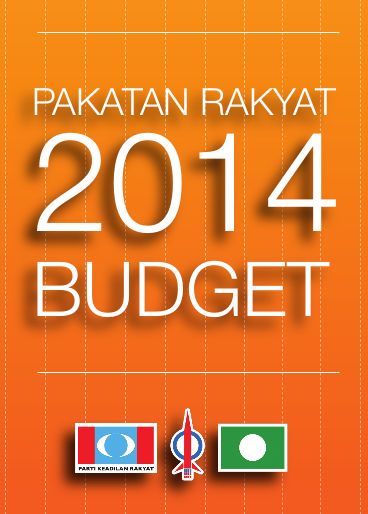The Haze Crisis: Where is Datuk Seri G. Palanivel?
As Malaysians search for answer for the two-decade old regional haze problem which reaches hazardous level in Johor, Natural Resources and Environment Minister Datuk Seri G. Palanivel is nowhere to be seen.
Palanivel issued a belated statement this morning but Malaysians want the Government to act more proactively in handling the national crisis which exposes at least three million people to high health risks.
According to Palanivel, the Air Pollutant Index (API) in Muar was at 383, a hazardous level, and Kota Tinggi, at 232, a very unhealthy level. Department of Environment has monitored 52 stations and found the air quality at six stations at satisfactory level, 39 at moderate level, four at unhealthy level.
The air pollution level is categorised as hazardous when the reading is 301 or more; very unhealthy at 201 to 300; unhealthy at 101 to 200; moderate at 51 to 100 and good at zero to 50.
Palanivel and the public must be reminded that there are only four APIMS remote sensing devices in Johor are located in Larkin Lama, Muar, Pasir Gudang, and Kota Tinggi, which means no one knows what's exactly the pollutant level in many other places including Kluang.
While the Government have always advised people to stay indoors, we are aware of many Malaysian workers - the farmers, the street vendors, the construction workers, etc - who worked from hand to mouth. Children and the elderly are more vulnerable to health problems caused by air pollutants.
The ASEAN Agreement on Transboundary Haze Pollution was signed in 2002 and all ASEAN member countries have ratified the Agreement, except for Indonesia. The government of Malaysia, in particular the Ministry of Natural Resources and Environment, must pressure Indonesia to sign the ASEAN Agreement on Transboundary Haze Pollution and show its commitment to reduce the number of forest fires and burning by diligent implementation of the Plan of Action.
Following serious episodes of transboundary haze, the ASEAN Ministers of Environment have endorsed the Regional Haze Action Plan. The Sub-Regional Ministerial Steering Committee (MSC) on transboundary haze pollution was established in 2006, tasked to tackle forest fires. Millions of ringgit have been spent on monitoring, managing and mitigation efforts to tackle the transboundary haze. So far, there have only been three meetings of this Sub-Regional MSC, the last was held in April 2013.
Palanivel must make public the content and action plan of the MSC so that the public can hold the Ministry accountable for the implementation and ensure that it is not just paying lip service to the urgent needs and rights of all Malaysians to enjoy clean and fresh quality of air.
Malaysia must take a strong stand in the issue of transboundary haze, else we risk endangering our citizens' lives for the sake of being a "good neighbour".
